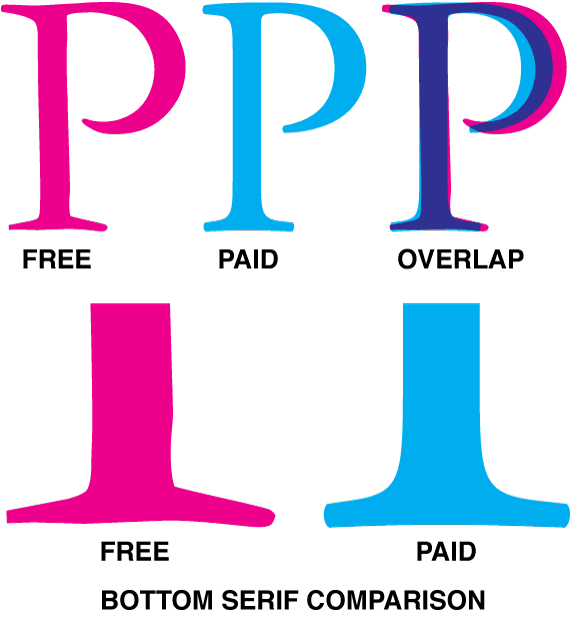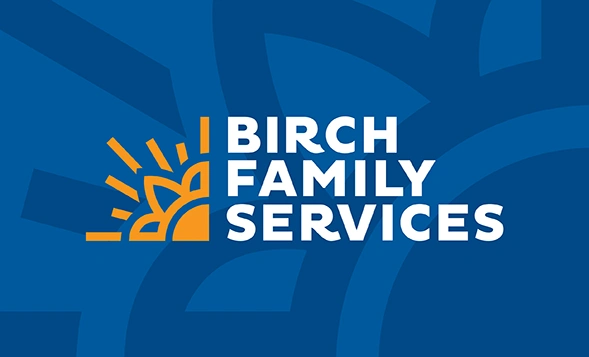So many people perform an internet search for “free fonts” or search for free downloads of their favorite font or one that is missing from a shared document. With this process comes several real dangers and threats for businesses doing it. With the cost of individual fonts ranging from $20 to hundreds of dollars, it’s easy to see why so many people turn to the “free font” search to help produce their print design.
If you were to search for your favorite typeface and include the word free in front of it, you’ll likely see an abundance of results that offer it as a quick, free download. However, there are several possible implications to be aware of that could cripple your brand.
1. Downloading a free virus or free malware instead of a free font
The websites that free fonts appear on usually contain lots of ads, many of which are disguised to look like the source of the font download. These ads can bring you to spammy websites or even download programs or malware to your machine and become a major risk for identity theft and your business. Downloading an actual font file which is corrupt could also be considered a threat to the stability of your system.
2. The free font is for personal use only, not commercial use
When you do find a legitimate free download of a font they are usually packaged with a license agreement. In this text document—that most people who seek the free font do not read—there is legal text explaining that the font is free ONLY for personal use, not commercial. As an option, your company can pay a license fee for the ability to use the font commercially in your marketing materials.

3. The free font is an inferior, bootleg version of its legal counterpart
To the untrained eye, a bootleg version of a popular font may seem great—like winning the lottery without buying a ticket. However, these bootleg fonts will lack the precise letterforms that the type designer carefully crafted. Fragmented letters and roughened curves are common implications to the bootleg free fonts which can be problematic at large sizes. To top it off, you are likely going to be missing special letters, symbols and ligatures which wind up rendering the font useless.
In the sample above, I show how the “free” version on the left of Adobe Garamond’s letter “P” is different from the paid version on the right. You will notice that the “free” letter is slightly crooked, its proportions are off, the serif is terribly inconsistent and the form of the letter is different. The paid version has precision serifs, perfect curves, perfect proportions, perfectly straight lines.
4. Copyright infringement places your brand at risk
Willful infringement of copyright can pose some serious legal troubles which can reach many thousands of dollars. When a company has selected a font family to help represent their brand, it just makes sense to pay for it. Purchasing a proper font license will guarantee you have the most up-to-date and carefully crafted font possible. The investment you make in a properly licensed font helps the brand look its best and avoid legal expenses for pirated use. Also be aware of how many font licenses your brand will need. One license is normally required per user.
Using purchased fonts from reputable sources will offer the following to your brand:
- Fonts which have been meticulously designed and tested
- Fonts that include all necessary symbols and characters
- Fonts that are properly built for today’s software programs
- Technical support if anything happens to the font files
- Peace of mind that your brand is using legally licensed fonts
Hopefully we’ve shed some light on the “free font” trend and their dangers so when it comes time to utilize fonts for your brand, you are selecting the highest quality, legitimate versions possible. Reputable suppliers such as Adobe, MyFonts.com, Fonts.com, and Typography.com make it easy to purchase the highest quality fonts.
If you need help choosing the best fonts for your brand or brand redesign, give Trillion a call at 908.219.4703. We can perform a brand audit which helps expose potential font problems, as well as opportunities for consistency in your brand’s font selection.







